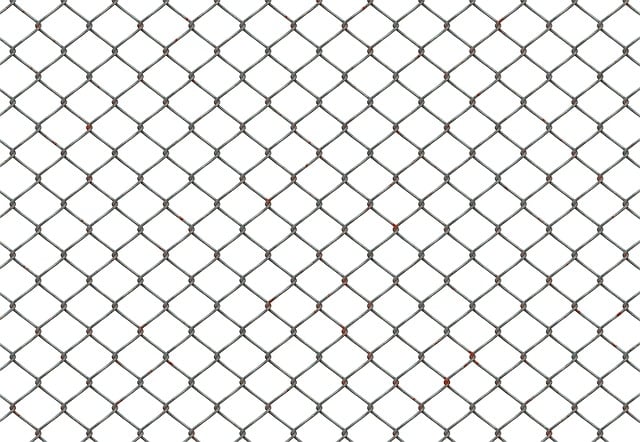In New Bedford, MA, enhancing your outdoor space with a vinyl fence offers both aesthetic appeal and practical benefits. This article guides homeowners through the comprehensive process of installing a durable and stylish vinyl fence. We’ll explore different vinyl fence types suitable for New Bedford homes, highlight the advantages of hiring seasoned contractors, and provide step-by-step preparation and installation insights. Learn about post-installation care, local regulations, and permits to ensure your new fence stands the test of time.
- Understanding Vinyl Fence Types for New Bedford Homes
- Hiring Professionals: The Benefits of Experienced Contractors
- Pre-Installation Preparation: Steps to Ensure Success
- Installation Process: From Planning to Completion
- Post-Installation Care: Maintaining Your Vinyl Fence
- Local Regulations and Permits: What Homeowners Need to Know
Understanding Vinyl Fence Types for New Bedford Homes
Vinyl fences come in various styles, each with its unique aesthetic and practical benefits. For New Bedford homes, understanding these types is crucial for making an informed decision when hiring a contractor. The most common styles include picket fences, offering a traditional look; privacy fences, designed to block out neighboring views; and post-and-rail fences, ideal for defining property lines while allowing visibility.
Each style has different installation requirements and costs. Picket fences, for instance, involve individual boards that need precise spacing, while privacy fences often require taller posts to support wider panels. Post-and-rail fences have a simpler design, with vertical posts and horizontal rails, making them generally more affordable. Knowing these variations will help homeowners envision the final product and communicate their preferences effectively to contractors.
Hiring Professionals: The Benefits of Experienced Contractors
When considering vinyl fence installation, one of the most important decisions is whether to handle the project yourself or hire professionals. While DIY projects can be satisfying, installing a fence is a significant investment and requires specific skills and knowledge. Experienced contractors offer numerous benefits, including their expertise in handling various fence styles and designs, ensuring proper measurements, and adhering to local regulations.
Professional installers have the tools and equipment necessary for efficient and precise work. They understand the importance of proper post placement, concrete mixing, and securing the fence panels, all crucial aspects that impact the longevity and stability of your vinyl fence. By hiring experts, you can expect a higher quality finish, reduced risk of damage during installation, and peace of mind knowing your investment is in capable hands.
Pre-Installation Preparation: Steps to Ensure Success
Before the actual vinyl fence installation begins, thorough preparation is key to achieving a successful and durable result. Start by clearing the area where the fence will be installed, removing any obstacles, plants, or debris that might interfere with the process. This step ensures a smooth working surface for the contractors.
Additionally, it’s important to assess the site’s layout and conditions. Measure the perimeter accurately and mark out the fence line to ensure a precise fit. Inspect the ground for any uneven areas, which may require additional preparation like grading or leveling. These initial preparations set the foundation for a well-executed vinyl fence installation project.
Installation Process: From Planning to Completion
The installation process for a vinyl fence begins with careful planning and preparation. Contractors will first assess the site, considering factors like existing structures, land topography, and desired fence alignment. This step is crucial to ensure the fence’s structural integrity and aesthetic appeal. Once approved, they clear the area, marking out the fence layout. The next phase involves digging holes for posts, ensuring a solid foundation. These holes are then filled with concrete, allowing the posts to set securely.
After the posts are in place, contractors attach the fence panels, starting from the bottom and working their way up. This process includes securing corner and middle brackets, creating a robust frame. The final touches include adding gate hardware, ensuring smooth operation, and cleaning up the installation site. The entire process is designed to provide a durable, low-maintenance vinyl fence that enhances the property’s curb appeal.
Post-Installation Care: Maintaining Your Vinyl Fence
After your vinyl fence installation is complete, proper care will ensure its longevity and maintain its appealing look. Regular cleaning is essential to remove dirt, stains, and grime that can accumulate over time. A soft brush or garden hose can be used for gentle cleaning. Avoid using harsh chemicals or abrasive cleaners that could damage the fence’s surface.
Inspect your vinyl fence regularly for any signs of damage, such as cracks, warping, or loose panels. Promptly addressing these issues will prevent further damage and maintain the structural integrity of the fence. A simple repair kit can often be used to fix minor problems, while more significant damages may require professional attention.
Local Regulations and Permits: What Homeowners Need to Know
When considering a vinyl fence installation, New Bedford homeowners must familiarize themselves with local regulations and permits. Each municipality has specific guidelines regarding property alterations, including fencing. Failure to comply with these rules can result in delays or even fines.
Before hiring any contractor, it’s crucial to check with the local building department to understand permit requirements. These may include specifications for fence height, material type, and placement. Knowing and adhering to these regulations ensures a smooth installation process and guarantees your new fence complies with New Bedford’s standards.
